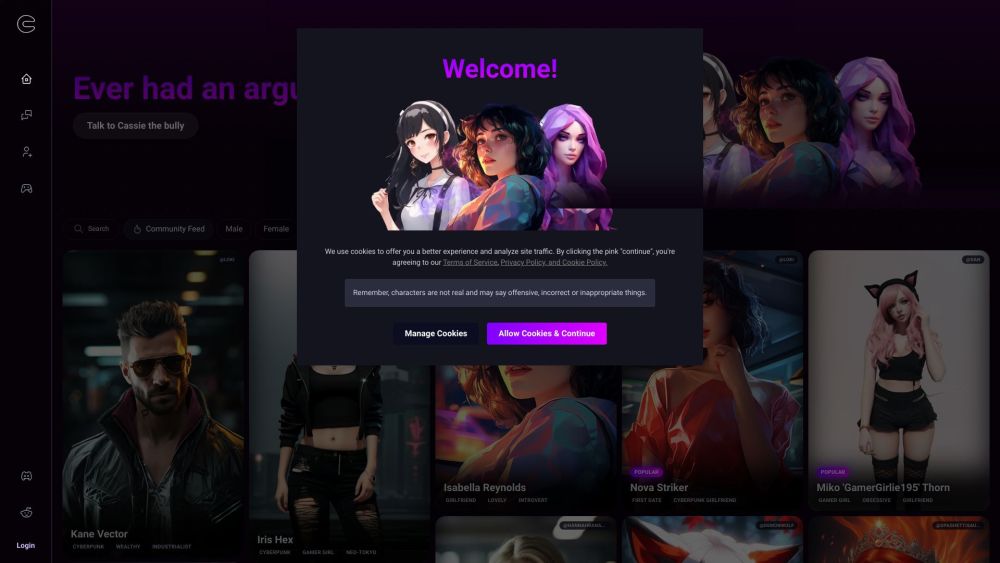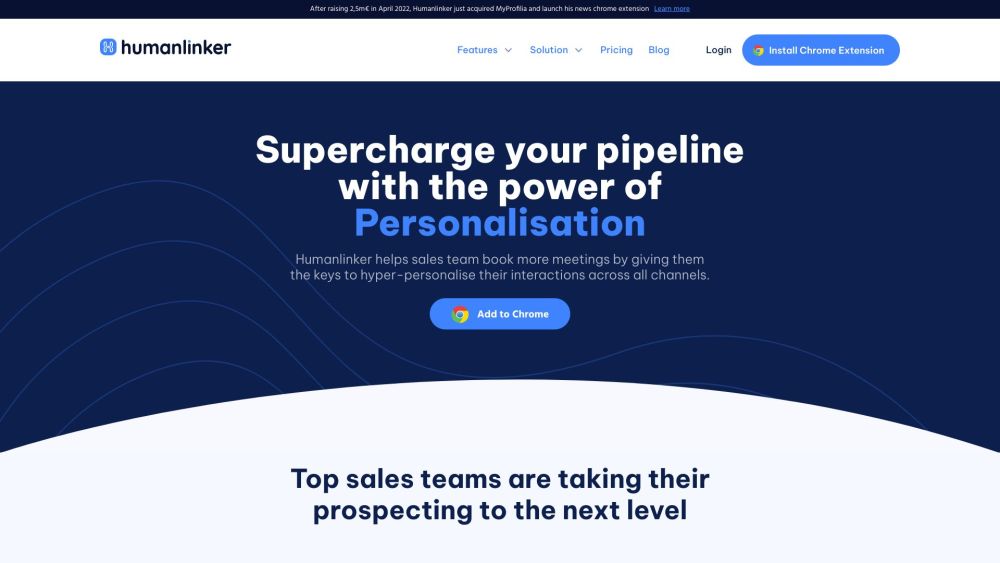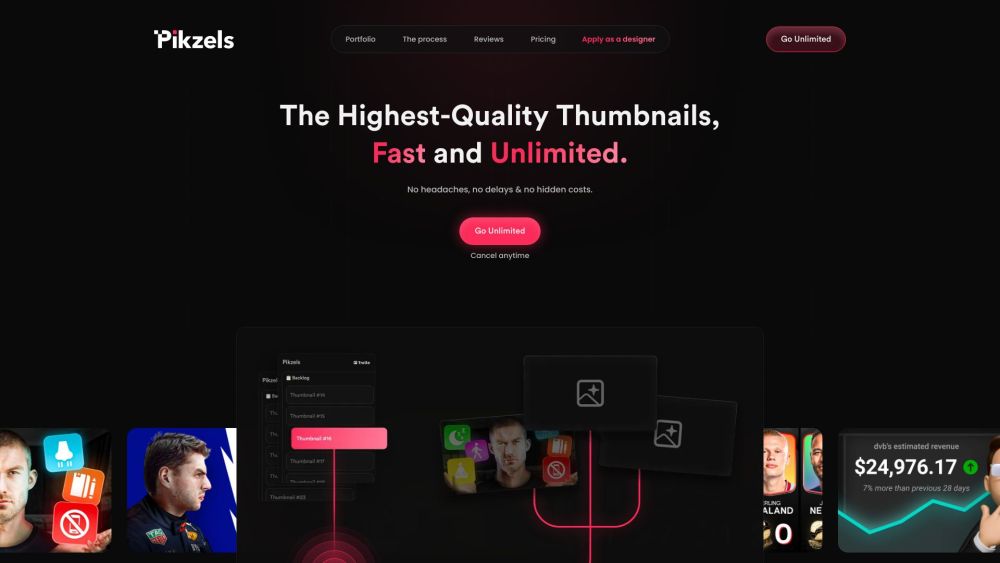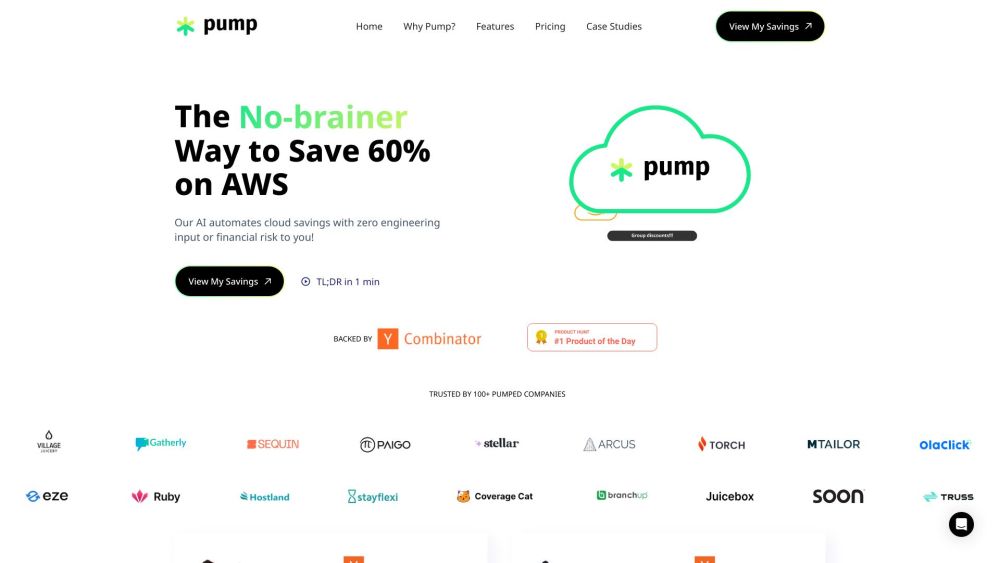### Insights from the AI Landscape: Sam Altman and State Initiatives
In a recent interview with The Verge, OpenAI CEO Sam Altman shared his thoughts following his unexpected dismissal. He recounted how, the morning after his firing, several board members reached out to him to discuss the situation. “My immediate reaction was one of defiance. I felt hurt and angry; I thought, ‘This sucks,’” he expressed candidly.
However, as he reflected on his deep commitment to OpenAI over the past four and a half years, Altman recognized the importance of the company’s mission: developing safe and beneficial artificial general intelligence (AGI). "I’ve poured my life force into this," he noted, emphasizing his dedication to the team and the partners who have placed significant trust in their vision. “It took a few minutes for me to move past my ego and emotions to agree to re-engage,” he added, highlighting his passion for the work and the people involved.
Although Altman chose not to discuss the reasons behind his initial dismissal or delve into specific breakthroughs like the anticipated Q* (Q-star), his return to OpenAI happened swiftly after a wave of pressure from investors and the threat of mass employee resignations prompted the board to reconsider its decision.
### Competitive Dynamics in AI: Price Adjustments and Market Forces
Amid rising competition in the AI sector, OpenAI's rival, Anthropic, has responded by slashing the per-token pricing for its large language model, Claude 2.1. According to VentureBeat, the move is part of a broader trend influenced by the entry of new players and the availability of open-source options. Matt Shumer, CEO and co-founder of OthersideAI, noted, “As more companies enter the market, it creates urgency to adapt and lower costs.”
The increasing availability of sophisticated open-source models, like Mistral and Poro, offers businesses a variety of options that come with unique advantages. This dynamic is intensifying the competitive pressure on established entities such as OpenAI and Anthropic to lower their prices. In a similar vein, OpenAI has reduced the operational costs for its latest iteration, GPT-4 Turbo, which is now capable of processing 16 times more text efficiently.
### State-Level Initiatives Managing Generative AI Risks
Recognizing the dual potential of generative AI to foster innovation and pose risks, California’s Governor Gavin Newsom has issued a comprehensive report assessing the risks associated with these technologies. The analysis stresses the necessity of secure implementation, advocates for controlled pilot projects, and emphasizes the need to enhance accessibility to government services through AI.
Governor Newsom has mandated state agencies to conduct a collaborative risk analysis focusing on the implications of generative AI on critical infrastructure. Additionally, training will be provided for government employees on state-approved generative AI tools. In partnership with Stanford University and the University of California, Berkeley, California aims to evaluate the impact of generative AI on state operations, culminating in a joint summit in 2024 to discuss these findings.
Meanwhile, Oregon's Governor Tina Kotek has announced the establishment of an AI Advisory Council tasked with crafting recommendations for integrating generative AI within the state government. The council is required to develop an action plan within six months of its formation, offering a finalized strategy within a year. The initiative aims to maximize the advantages of AI while ensuring ethical usage, appropriate governance, and safeguards against risks such as privacy violations and inequity.
In her statement, Governor Kotek recognized the profound implications of artificial intelligence, remarking, “AI is an important new frontier, bringing the potential for substantial benefits to our society, as well as risks we must prepare for.” This proactive governance approach underscores the importance of thoughtful and responsible AI adoption in shaping future policies and practices across the country.





